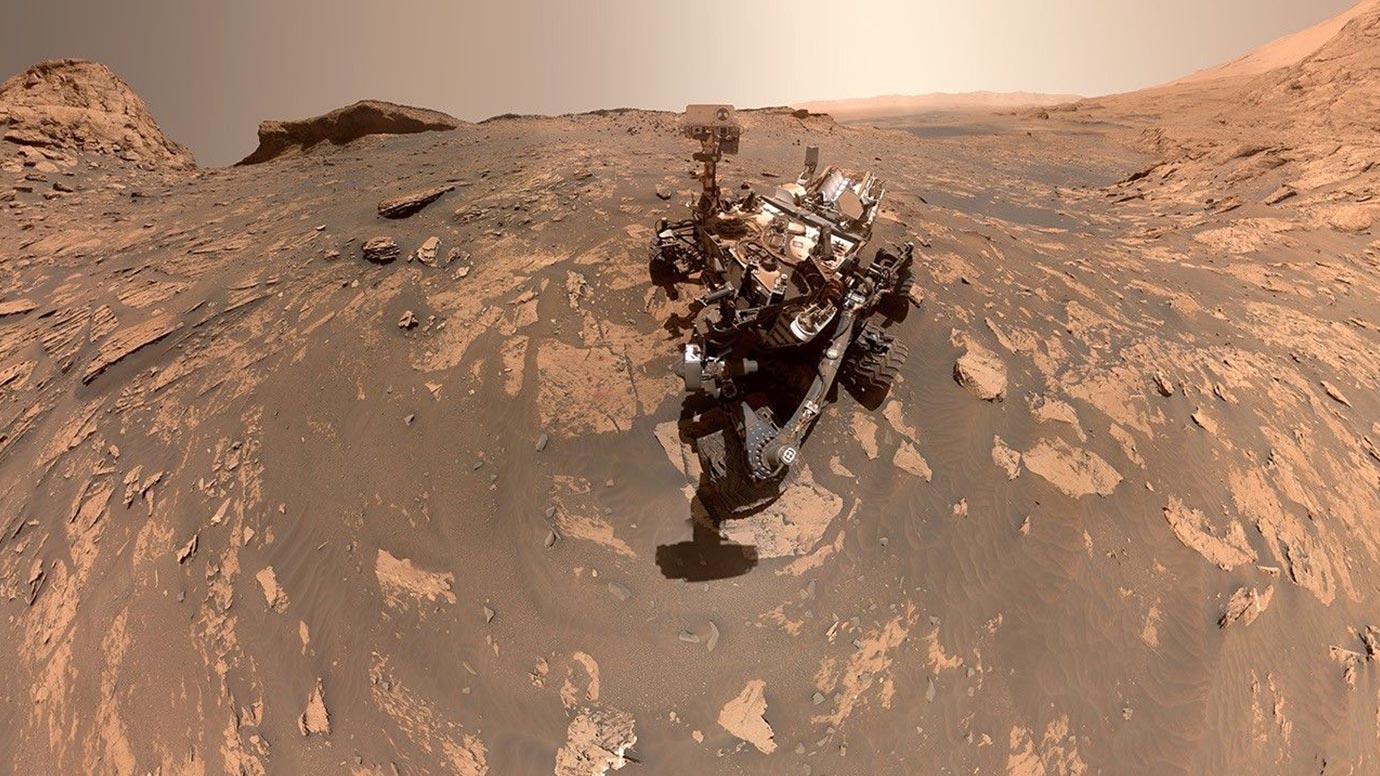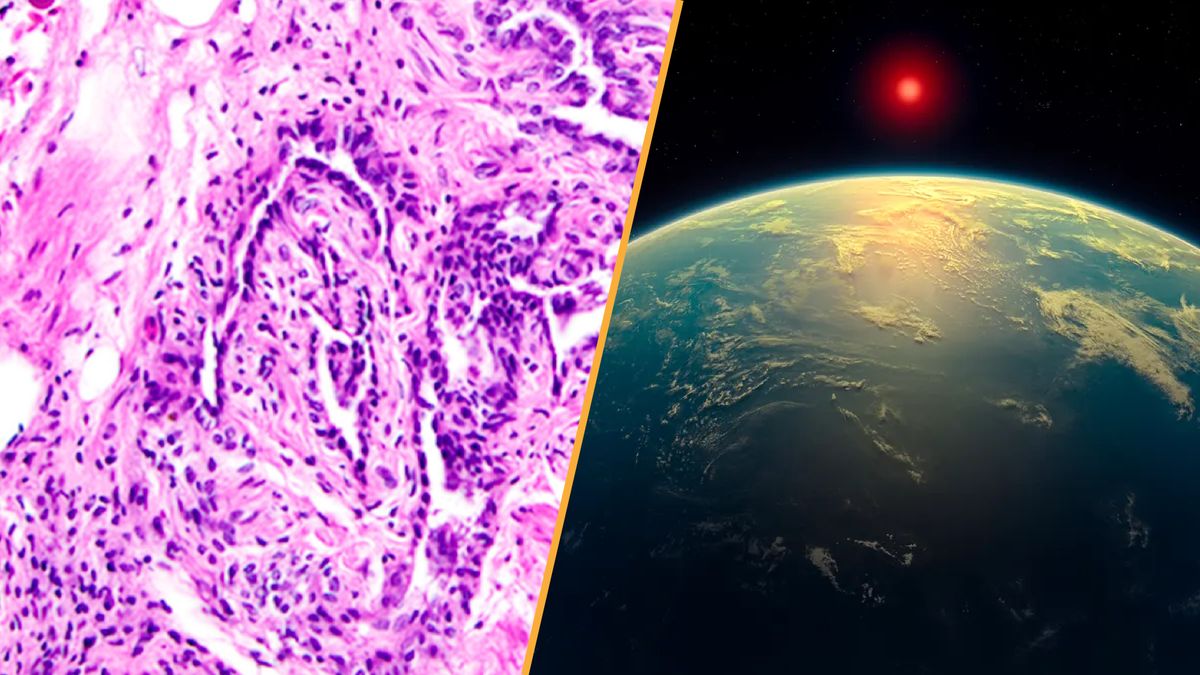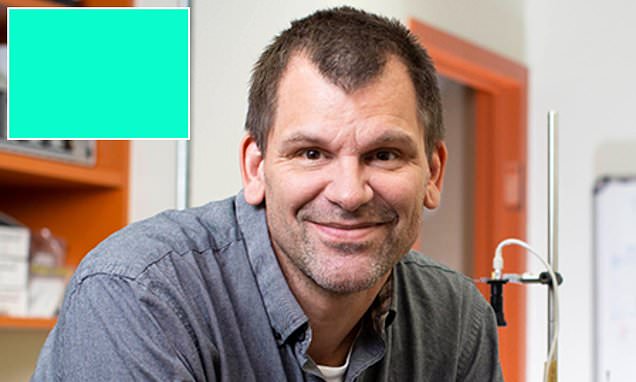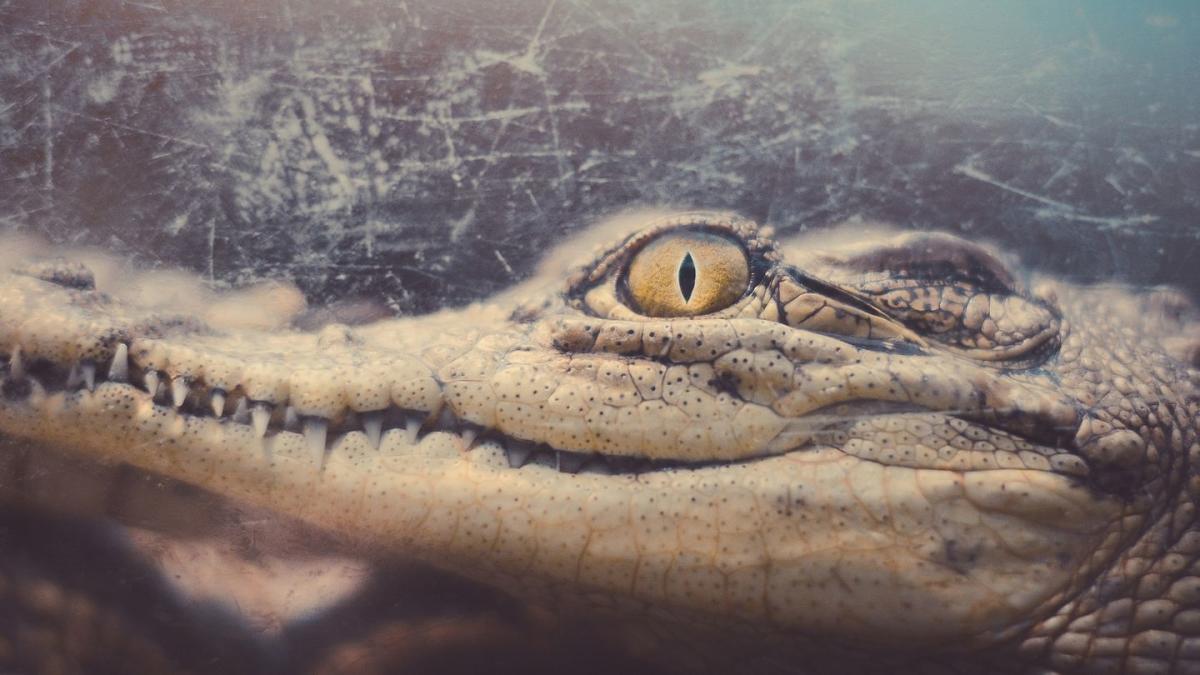
Ancient Predator Unveiled: Researchers Crack Open 3,000-Year-Old Crocodile Mummy, Revealing Shocking Secrets
In a fascinating archaeological breakthrough, researchers have peered into the mysterious world of ancient Egyptian mummification through an unexpected subject: a preserved crocodile. Using cutting-edge imaging technologies like X-ray and CT scanning, scientists have unveiled remarkable insights into both the creature's final moments and the intricate rituals of preservation practiced thousands of years ago. The advanced scanning techniques allowed researchers to explore the mummified crocodile's internal structure without disturbing its delicate preserved form. What they discovered was nothing short of extraordinary - a detailed snapshot of the reptile's last meal and the meticulous care taken during its mummification process. By carefully examining the internal images, researchers could trace the crocodile's digestive contents, providing a rare glimpse into its diet and the ecosystem of ancient Egypt. Moreover, the scans revealed the sophisticated embalming techniques employed by Egyptian priests, demonstrating their profound understanding of preservation methods. This remarkable study not only sheds light on the life of an individual crocodile but also offers a window into the complex cultural and religious practices of an ancient civilization that revered these powerful creatures as sacred beings. The research highlights how modern scientific techniques can unlock secrets from millennia past, transforming our understanding of historical cultures.

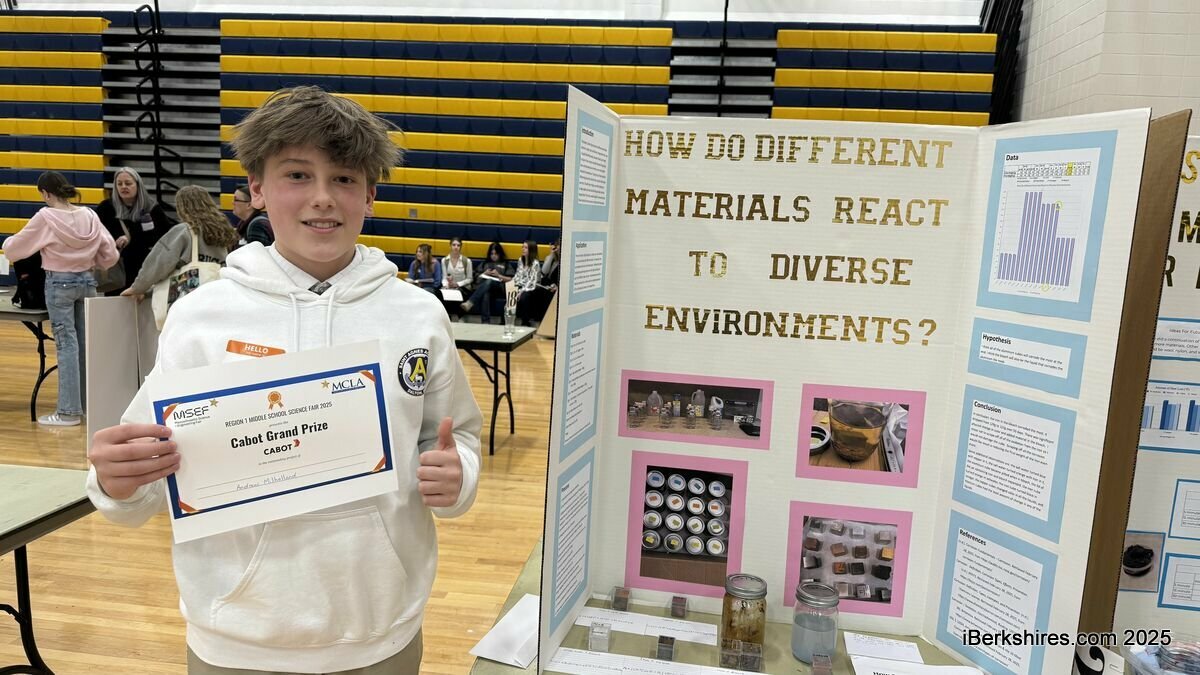

.jpg)
